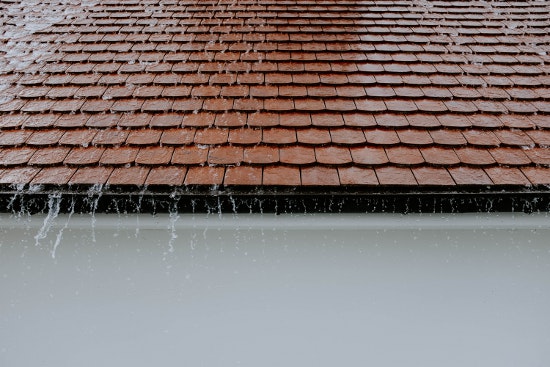As the homeowner, you’re responsible for ensuring that your roof is in good condition. Nonetheless, sometimes it’s challenging to determine whether your roof needs replacing. If you are having difficulty determining the state of your roof, below are some signs that will help you know it’s time for a new roof.

1. The Roof Looks Worn Out
You can spot the signs of wear and tear if:
- There are missing or broken shingles, which can be spotted from ground level. Suppose you spot any missing or cracked shingles on your home’s roof. In that case, you need to address this immediately by scheduling an appointment with a trusted roofing company such as us Austin Roofing Company.
- You see cracked or warped flashing on chimneys or vents; it’s a sign that your roof needs repair.
- Gutters and downspouts around your house are missing pieces or are damaged.
2. You Notice Shingles Beginning to Curl or Buckle
This can indicate damage to the underlying structure of your roof. Curling is caused by moisture and heat buildup between the shingle and the roof deck, while buckling is caused by too much weight from snow accumulation.
3. The Roof Is Old
If your roof is more than 20 years old, it may be time for a new one. If you’re unsure how old your roof is, call a professional. Most roofing materials have a lifespan of 20 to 30 years—and some even longer.
4. Your Energy Bills Are Unusually High
If your energy bills are unusually high, it could be because of damage to the roof. This can make it difficult for your HVAC system to properly heat or cool your home. The result is that you’ll have to run the system longer than usual, increasing your bill.
If you’re concerned about this possibility, compare your latest bill with previous ones (considering that weather patterns fluctuate). If there’s a significant increase in heating and cooling costs, it could be time for a new roof.
5. Your Attic Feels Hot and Humid in the Summer
A hot attic is usually a sign that the roof isn’t ventilating properly. The heat and humidity can damage other parts of your home, like its insulation, leading to mold growth or other moisture-related issues. You may also experience leaks around windows, doors, and skylights due to water damage from a wet roof.
6. You See Signs of Leaks in Your Attic or Ceiling
If water gets into your home, it can cause damage to the structure. Leaks can occur when gutters and downspouts become clogged with debris, which causes water to back up and leaks into your attic. Check around the chimney, vents, and plumbing pipes; If you notice water stains on ceilings or walls close to these areas, those may be signs of leakage through the roofing material.
7. Water Stains Appear on the Walls or Ceilings Inside the Home
The following are possible signs that your roof is leaking:
- Damp spots on the ceiling. If there is a leak in your roof, it will eventually drip down to the ceiling, causing stains that look like mold or mildew. These stains can also be brown or yellow. You may see them as black if they are caused by mold growth.
- Brown or yellow stains on drywall or plasterboard (sometimes referred to as Sheetrock). This indicates that rainwater has entered through a hole in your roof and seeped into either the drywall or plasterboard around it.
8. Skylights Show Signs of Damage or Leaks
If you notice that a skylight is cracked or leaking water into your home, it’s time to replace it. You may also see signs of heat loss and gain through the skylight. If this happens, a new skylight could be a good idea. A damaged or broken skylight can allow moisture from the outside to enter your home and cause mold growth on walls, ceilings, floors, and furniture.
In most cases, the best way to assess whether or not it needs work is by having it inspected by a professional roofing company. They can tell you if your roof is still under warranty and advise you on how long they think it will last. They will also determine what type of roofing material is appropriate for your home and its environment.
